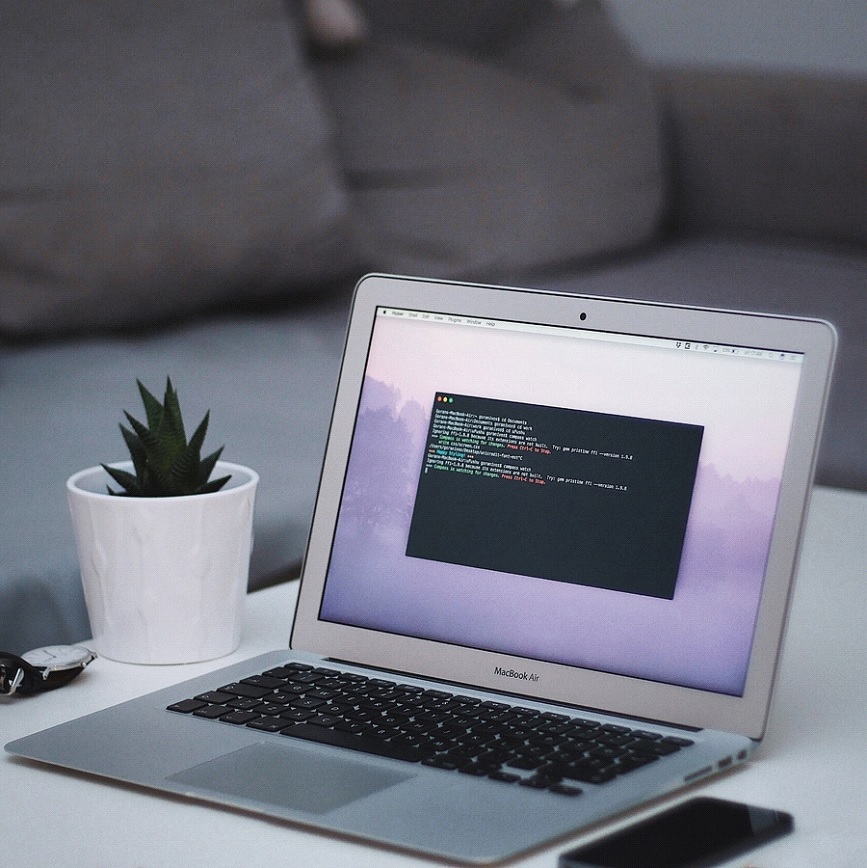
The solid-state drive (SSD) that comes in your Mac is a double-edged sword. On the one hand, SSDs make your MacBook incredibly fast. But, on the other hand, flash storage is quite expensive, and therefore, the Mac still comes with a tiny 128GB SSD by default.
You could upgrade and get a bigger SSD, but don’t think it’ll come cheap.
So, if you’re seeing the notification ‘start up disk is full on Mac’ on your screen and there’s no more space for your documents, music, and videos, you need to be proactive. Low storage space on Mac isn’t ideal because it will slow things down and your device will start acting strangely – app crashes, frequent shutdowns, screen freezes, and much more.
Obviously, you can free disk space by just doing a cursory find-and-delete for files that taking up a lot of space and other things that you have downloaded, but don’t need those files anymore. However, unfortunately, this is not going to get you too far.
While you can still manually delete files, here are a few cleaning hacks that will help you to reclaim disk space faster.
- Move your files to the Cloud
For moving files and documents to the Cloud, you’ll probably need to use iCloud or Dropbox. You can send all the document folders and data from your folder to iCloud or Dropbox. When you need those files, you can simply download them with a press of a button.
By making use of a cloud syncing service, you can free up an impressive amount of storage space.
- Clean the Downloads folder
This tip is obvious and yet, many people forget to deal with the Downloads folder. This folder is usually filled with large files that are not needed anymore. All you have to do is open your Finder and go to your Downloads folder. Delete everything that you don’t need. You can sort by file size to delete the files that are taking up maximum space.
However, don’t forget to open the folders. Because, whenever you open an archive file, it unzips automatically into a folder. And you’ll find those folders sitting there, taking up a lot of disk space.
- Clean up email attachments
Did you know that you can automatically delete old email attachments? The solution is CleanMyMac. You have to run a scan, go to mail attachments and look at all the attachments that can be deleted. Click ‘Clean’ and your disk is going to be free of them.
If you’re using IMAP, those attachments are still going to be available on your email server. So, you can delete them without worrying much.
- Remove language files
Mac applications come with a wide range of language files for each language that they support. This allows you to switch the language of your system and use the application in your preferred language.
However, you might be only using one language on your system, and hence, those hundreds of other languages are only using megabytes of disk space for no reason. You can remove language files by using CleanMyMac or any other cleaner tool.
- Find and delete duplicate files
As you explore your drive, you might come across two or three versions of the same file. It might be that you have downloaded the same file more than once by mistake or you’ve added music to your iTunes account, but those songs still exist in their original location. You can free up a lot of space by deleting and removing those duplicate files.
There are two ways to find and delete duplicate files. First, you can manually investigate your drive and delete those files. Second, you can download apps from the App Store that will help to automatically detect duplicate files and remove them.
- Empty the trash can
So, you’ve deleted files/images/music from your drive and think that’s enough? Think again! The Trash on your Mac is the same as Windows’ Recycle Bin. When you delete a file, it doesn’t permanently get deleted. It gets sent to the Trash so that if you change your mind, you can restore them later.
To remove files completely and free disk space, you have to empty the Trash. Since Macs have multiple Trash cans, you need to empty all of them.
Your user account’s main Trash can be deleted by selecting Empty Trash. You’ll get this option by right-clicking on the Trash icon and as you click Empty Trash, the files will be deleted permanently.
iMovie, iPhoto, and Mail have their own trash cans. If you have deleted media files from these applications, you need to empty their trash cans as well.
So, go ahead and use these hacks to free up storage space on your Mac. And once you’ve done that, you’ll find your device working faster and better, without any glitches.

